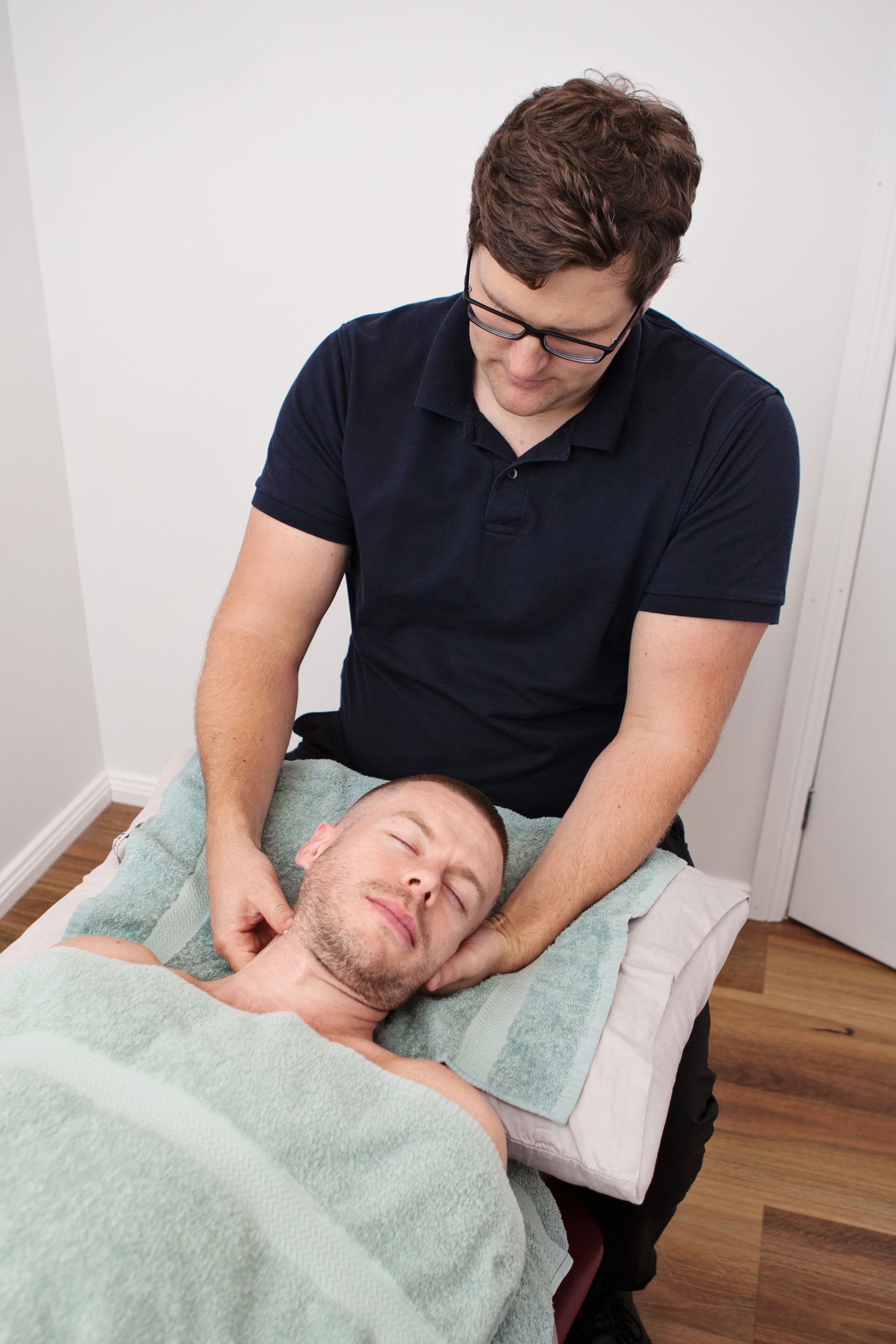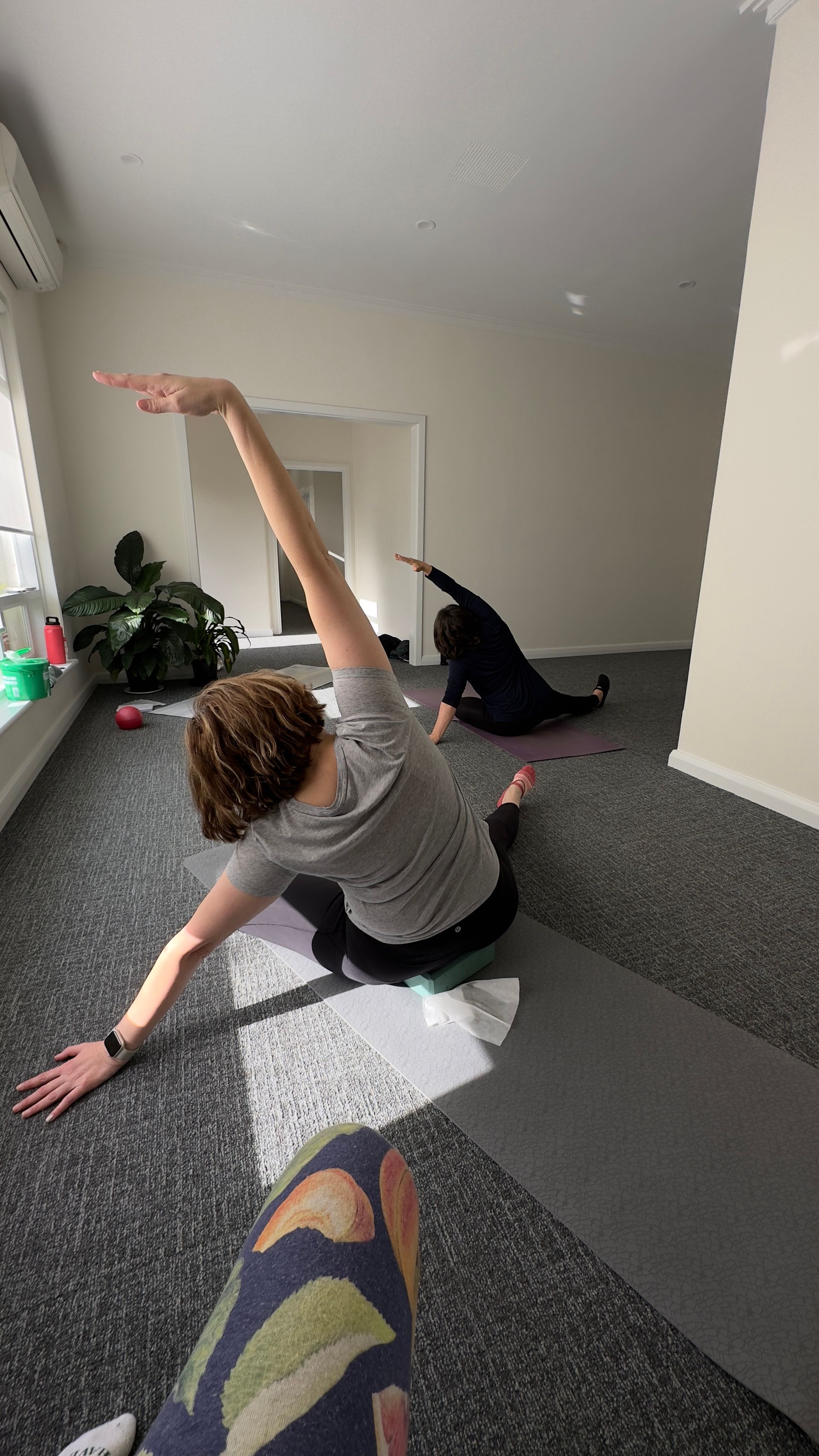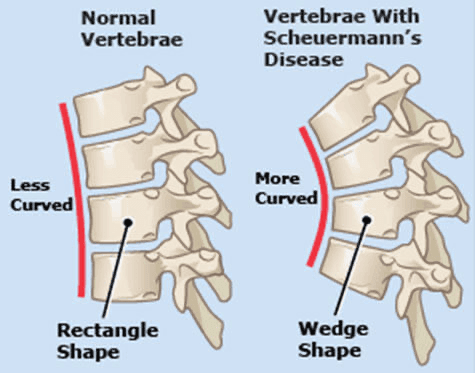Your Brain On Exercise
If you are in a bad mood, go for a walk. If you are still in a bad mood, go for another walk.
Hippocrates
I think we can all relate to above statement and we all KNOW that we need to exercise more.
In this blog I wanted to remind you of the benefits surrounding exercise.
I’m not going to list the ones you already know like:
- Improved Sleep
- Weight loss
- Improved strength of muscles & bones
- Increased energy
- Reduction in the risk of diseases
- Increased self confidence &
- Improved outlook on life
We tend to forget about the effect that exercise can have on the way we think, behave, make decisions and relate to people.
The current research is showing why our bodies, but more so Why Our Brains NEED Exercise to THRIVE.
1.Rewires & Restructures our brain
Believe it or not, your brain is neuroplastic. Meaning it can change, grow and adapt in response to various stimuli.
Exercise is proving to be one thing that can create neuroplastic change- for the better.
Although research hasn’t be able to identify the exact changes to each part of the brain, it has been well documented that the greatest effect of exercise on the brain is seen in the pre-frontal cortex.
The pre-frontal cortex is the part of the brain that sits right behind your eyes, and is the part of the brain that controls executive function.
So what is executive function you might ask?
Executive function, is what we call higher order thinking. This part of your brain is like the driver of the ship. it allows you to think logically, analyse situations and stops you from doing dangerous stuff.
Interestingly enough, our pre-frontal cortex is not fully developed until we’re 25y.o- this explains why we often do illogical/silly things as children.
With a healthy and fully functioning pre-frontal cortex, we’re able to think clearer, be more engaging and display good amounts of empathy.
2. Creates a Stronger Brain
The amazing thing about exercise is that not only does it change the wiring of your brain, but it also changes its physical structure!
This is in part due to a substance called Brain-Derived-Neurotrophic-Factor
(BDNF) that’s released in response to exercise. BDNF helps to create new neurons but also to strengthen the already existing neurons.
Our brain is composed of both White and Grey-Matter. Each of these plays a particular role. Think about the grey matter as the computer and the White-matter as the cables that allow electrical signals to be transmitted. So when White-matter is increased and more active, the brains connections are fortified.
In 2014 it was shown that children who were physically in good shape had better development of White-matter communication pathways then those who were in poor shape.
Cardiorespiratory fitness was also associated with increased White-matter activity especially in adults between the ages of 55 to 82y.o – The take home message here is: being in good shape might preserve brain function.
So let me ask you a question, if exercise energizes and revitalizes the brain, might it also help prevent Dementia and Alzheimer’s disease?
3. Protects the Brain from Inflammation
We know inflammation, specifically chronic inflammation over long periods of time can lead to cancers and other chronic diseases.
The understanding is that the less chronic inflammation, the lower the chance that cells will go rouge and turn into cancer.
4. Improves Cognition
We briefly spoke about executive function, and how it occurs in our prefrontal cortex.
It’s thought that exercise influences our prefrontal cortex, allowing us to think better, improve our behaviour, assist with decision making and enhance interpersonal relationships.
In 2017 a study involved 310 children aged between 7- 13 years old performed high intensity training
(short bursts of high intensity cardio) for 10 minutes 5x’s a week over 6 weeks vs. children who played board and computer games.
It was seen at the end of the study that kids who engaged in exercises had significant improvements in cognition and in particular memory.
6. Therapeutic and protective in depression
In 2016 the literature regarding depression and exercise in the elderly concluded that:
“exercise is safe and efficacious in reducing depressive symptoms in older people. Since exercise has many other known health benefits, it should be considered as a core intervention in the multidisciplinary treatment of older adults experiencing depression”
We now know that inflammation is strongly associated with depression, and a disconnection between the prefrontal cortex and the brain is another theory behind the idea of depression.
We know that exercise exerts anti-inflammatory effects on the body, as well as influencing the prefrontal cortex. Allowing you to put your prefrontal cortex in the drivers seat, steering you towards good mood, better decision making and improved interpersonal relationships.
So go on, get out there!
Go for a walk, reconnect with nature and get your brain energised!
We’d love to hear how you stay active!

Monday 9am - 7pm
Tuesday 9am - 6pm
Wednesday 9am - 6pm
Thursday 9am - 6pm
Friday 9am - 6pm
Saturday 9am - 1pm
Sunday Closed

















